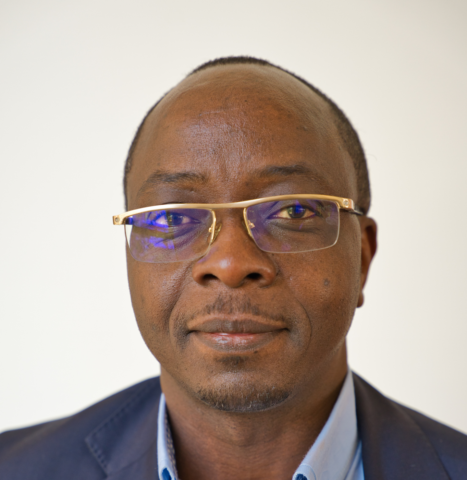Researchers/Supervisors
Aubin Nanfack
SANTHE Scientific Innovation Awardee
Centre de Recherche sur les Maladies Emergentes et Reemergentes (CREMER)/Institut de Recherches Médicales et d’Etudes des Plantes Médicinales (IMPM)
Aubin Nanfack is the Head of Laboratory of Immunology and Microbiology at the Centre International de Reference Chantal Biya (CIRCB). He has accumulated broad experience in Biochemistry, Immunology, and Molecular Biology, with specific training in HIV-1 diversity, HIV and co-infections (HIV/HBV and HIV/HCV), HIV-1 drug resistance mutations, HIV-1 viral reservoirs, HIV-1 super-infection and HIV-1 neutralising antibodies.
Nanfack’s research team is interested in characterising HIV-1 reservoirs and HIV-1 neutralising antibodies in individuals infected with HIV-1 CRF02_AG, the most prevalent HIV-1 subtype in Cameroon and the fourth most prevalent subtype in the world. Effective antiretroviral therapy (ART) is unable to completely eradicate HIV regardless of the ART combination and duration. Therefore, there is emerging interest in developing safe and affordable curative strategies to eliminate the need for lifelong therapy and reduce the risk of viral transmission to uninfected individuals. To end the HIV-1 epidemic, scientists must develop safe, effective and easily accessible HIV vaccines capable of eliciting a combination of functional antibody immune responses of which neutralising antibodies are a critical component; and this requires an in-depth understanding of the environment of viral reservoirs and neutralising antibodies.

